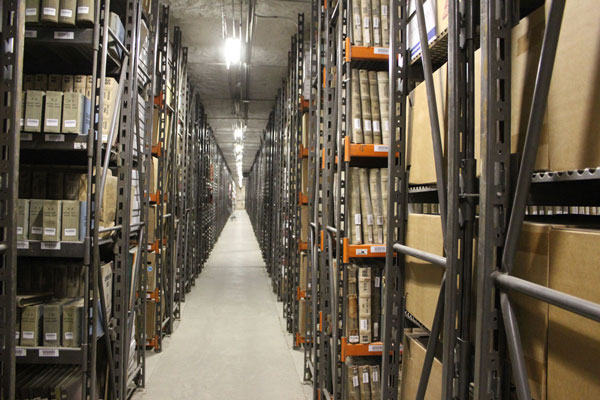
Businesses may think that changing their records management system is a good way to reduce costs, but the initial investment comes at a high price. An overhaul project of this magnitude is going to throw off people’s workflow—attending training sessions instead completing daily tasks.
It would be years before a company reaps the benefits of these methods, and it can turn out to be an overall loss. Changing to digital records storage isn’t as economically efficient as one would think, so if records are staying in physical form, where do they go?
Because the American economy is bouncing back from the latest recession, a sign of better days means higher costs. For example, commercial rent continues to soar in San Francisco and stronger local markets as the average employee’s office space continues to decrease, according to CoreNet Global’s study.
Three years ago, the average work station used to be 225 square feet, but the popularity of collaborative offices curtailed a person’s office down to 150 square feet. Senior staff members can still make the most of their office by moving their document storage to an offsite location. Paying rent for a records storage facility will be a better long-term investment than letting the files sit in a high-rise.
“Offsite document storage is an ideal way to maximize the space you already have,” Anthony Pearlgood, managing director at PHS Records management told the source. “Storing your records offsite allows you to free up room in the workspace without having to discard important documentation.”
About 60 percent of executives reported to CoreNet Global that they will continue to look for new hires to meet the demands of their business in 2014, despite the fact that the department has little wiggle room to fit them in.